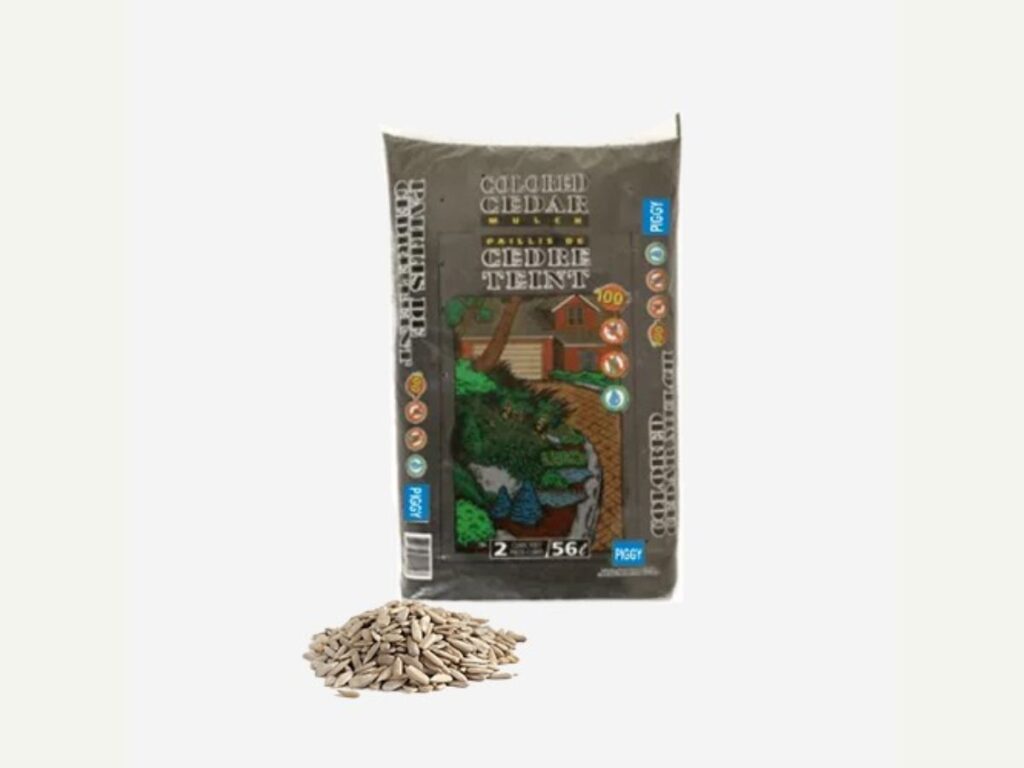When it comes to agricultural seed bags, durability is paramount. Whether you’re a farmer, distributor, or seed retailer, choosing the right seed packaging can significantly impact the quality and safety of your seeds. In this blog, we will explore the top features to look for in agricultural seed bags to ensure they withstand the test of time and protect your valuable seeds. We will also introduce you to iSell Packaging, your go-to destination for high-quality agricultural seed bags.
1. Material Matters
The first and most crucial feature to consider when selecting agricultural seed bags is the material. High-quality seed bags are typically made from sturdy materials like polypropylene (PP) or woven polypropylene (WPP). These materials offer excellent resistance to moisture, UV rays, and physical wear and tear, ensuring your seeds remain protected throughout their storage and transportation.
Polypropylene (PP) is a popular choice for seed bags due to its exceptional strength, durability, and resistance to environmental factors. It is known for its moisture resistance, making it ideal for protecting seeds from humidity and rainfall during storage and transport.
Woven polypropylene (WPP) bags, on the other hand, provide an extra layer of durability. They are constructed with interwoven polypropylene threads, creating a robust and tear-resistant material that can withstand rough handling and challenging weather conditions.
2. Strength and Stitching
Agricultural plastic seed bags should be robust enough to endure the rigors of handling and transportation. Look for bags with reinforced stitching, especially at stress points like the seams and handles. This ensures that the bags won’t split open or tear, safeguarding your seeds from spillage and contamination.
The stitching of the bags plays a vital role in their overall strength. Double-stitched seams and reinforced handles are indicators of a well-constructed bag that can withstand the challenges of the agricultural industry.
3. UV Protection
Seeds are sensitive to UV rays, which can reduce their viability. To prevent this, opt for seed bags with UV protection. UV-resistant bags shield your seeds from harmful sunlight, maintaining their quality and germination rates. When seeds are exposed to UV radiation, it can lead to seed damage and reduced germination rates. UV-protected bags act as a barrier, ensuring that your seeds arrive at their destination in optimal condition.
4. Size and Capacity
Choose agricultural seed bags that are the right size and capacity for your needs. Different seeds come in various quantities, so choose bags that accommodate your specific seed volumes without overloading or underutilizing the bag’s space. This ensures efficient storage and transportation.
It’s essential to match the bag size to the quantity of seeds you intend to package. Overloading a bag can lead to stress on the material and compromise its durability. On the other hand, using a bag that is too large for the seed quantity can result in excessive movement during transportation, potentially causing damage.
5. Closure Mechanism
A reliable closure mechanism is essential to prevent moisture and pests from infiltrating the bags. Zipper closures, heat-sealed closures, or self-adhesive flaps are effective options. Ensure that the chosen mechanism is secure and easy to use.
Zipper closures provide a tight seal and easy access to the seeds when needed. Heat-sealed closures create a tamper-evident seal that prevents unauthorized access and ensures the bags remain tightly sealed during transit. Self-adhesive flaps are user-friendly and offer a convenient resealable option for quick access to the seeds.
6. Ventilation and Breathability
Seeds require proper ventilation to prevent mold and mildew growth. Look for bags with built-in ventilation features or breathable materials that allow air circulation while maintaining the seeds’ integrity.
Ventilation is especially crucial for seeds that may have residual moisture content. Mold can be reduced and seed quality maintained with proper airflow.
7. Identification and Branding
Effective labeling and branding are essential for seed bags. Choose bags that provide ample space for labeling with essential information such as seed type, batch number, and expiry date. Customizable bags also allow you to promote your brand and product effectively.
Clear labeling ensures that you can easily identify the contents of each bag, helping with inventory management and quality control. Branding on seed bags can enhance your brand visibility and recognition in the market, contributing to customer trust and loyalty.
8. Sustainability and Eco-friendliness
In today’s environmentally conscious world, eco-friendly seed bags are a preference. Seek bags made from recyclable or biodegradable materials to minimize your environmental footprint.
Recyclable seed bags are made from materials that can be repurposed after use. By doing so, waste is reduced and supply chains are made more sustainable. Biodegradable bags break down naturally over time, reducing the impact on landfills and the environment.
9. Price and Quality Balance
While it’s tempting to opt for the cheapest option, it’s essential to strike a balance between price and quality. Investing in higher-quality seed bags may cost more initially, but it can save you money in the long run by protecting your seeds and reducing losses.
High-quality seed bags, made from durable materials and featuring all the essential characteristics mentioned above, may have a slightly higher upfront cost. However, they offer better protection for your seeds, reducing the risk of damage, contamination, or loss during storage and transportation. This, in turn, ensures higher yields and better overall returns on your agricultural investments.
When evaluating the cost of seed bags, consider the long-term benefits they provide. Quality bags can prolong the shelf life of your seeds, maintain their germination rates, and safeguard their integrity until they reach their destination. This can result in fewer losses due to damaged or compromised seeds, ultimately saving you money in the long term.
Conclusion
Choosing the right agricultural seed bags is crucial for maintaining seed quality, ensuring successful crops, and minimizing losses. When searching for agricultural seed bags, consider the material, strength, UV protection, size, closure mechanism, ventilation, labeling, sustainability, and cost. By following these guidelines, you can make an informed decision that benefits both your business and the environment.
For high-quality agricultural seed bags that meet all these criteria and more, look no further than iSell Packaging. With a commitment to excellence, iSell Packaging offers a wide range of seed packaging solutions designed to protect your valuable seeds and promote your brand. Trust in their expertise, experience, and exceptional customer support to elevate your seed packaging needs.





